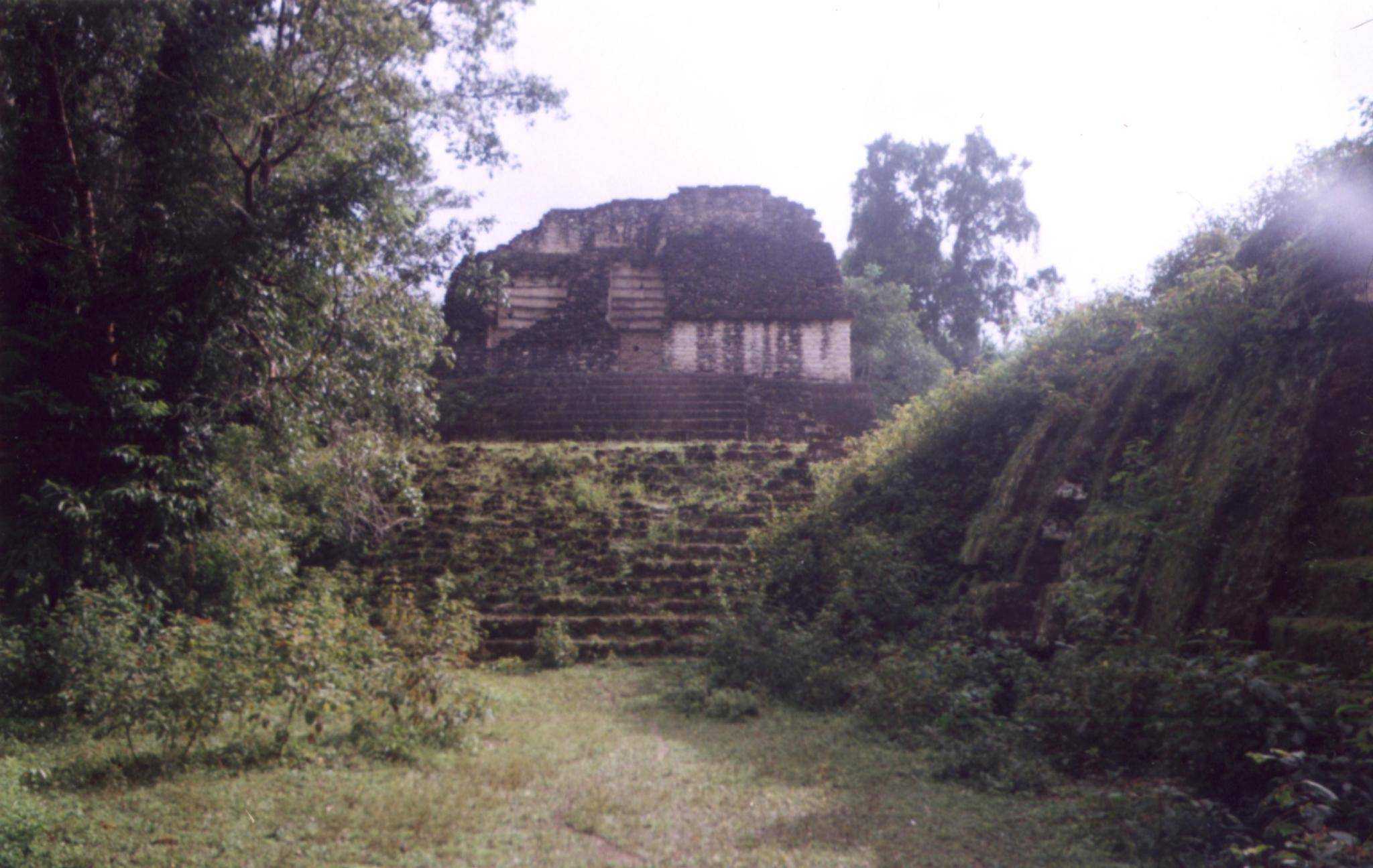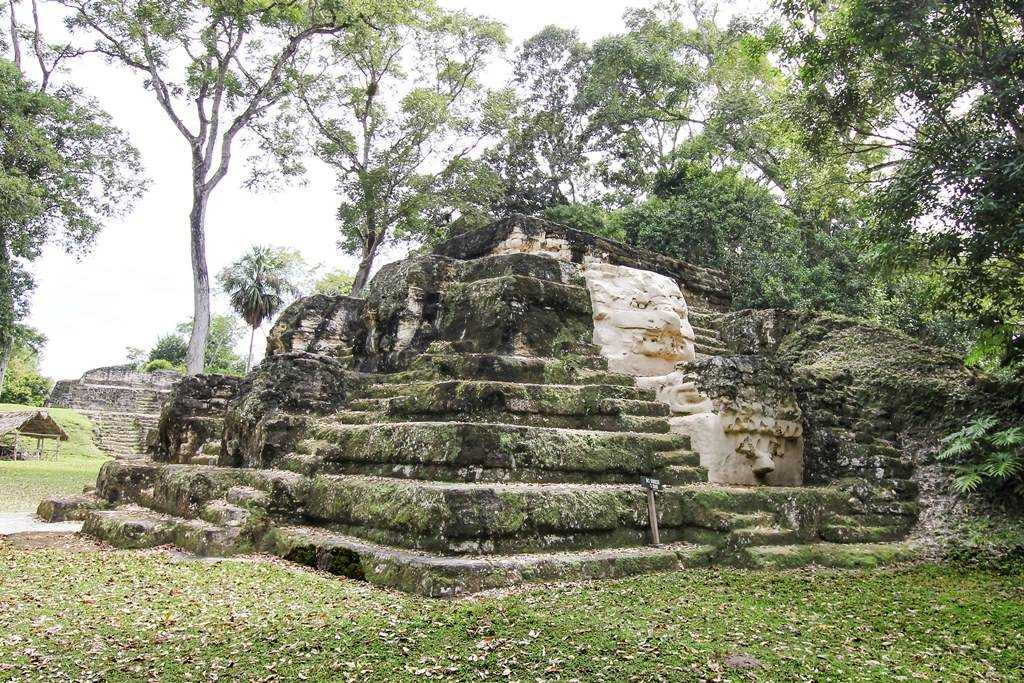Uaxactun, an ancient Mayan city, is a captivating historical site located in the Petén Basin region of Guatemala. This archaeological gem, steeped in history and mystery, is a must-visit for any history enthusiast. Its name, meaning “Eight Stones,” is a testament to its rich past, and its ruins offer a fascinating glimpse into the Mayan civilization.
Get your dose of History via Email
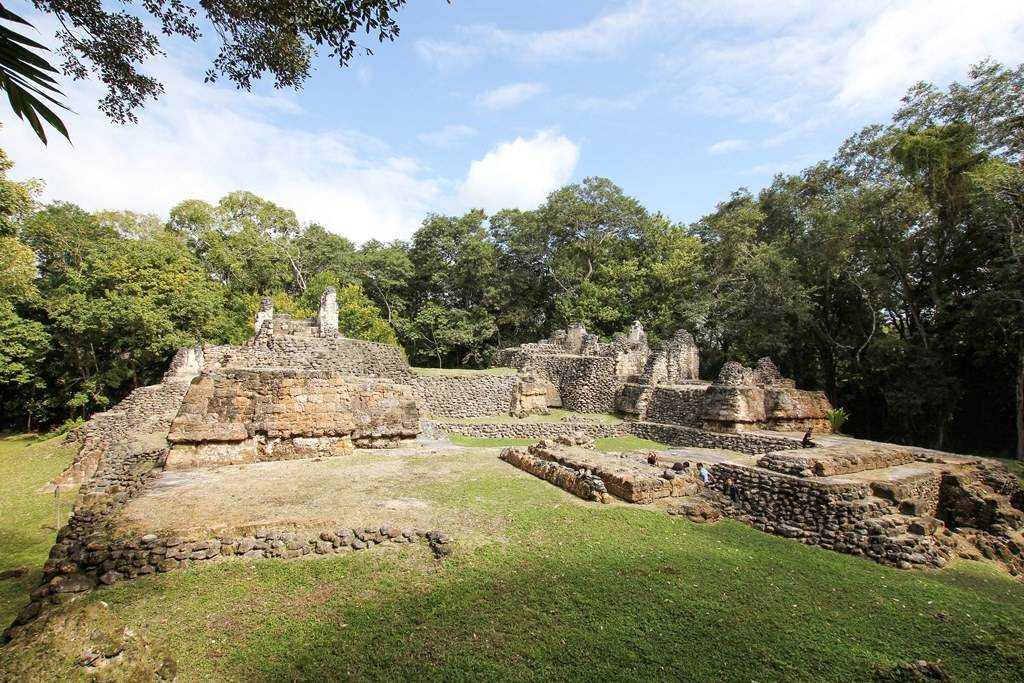
Historical Background
Uaxactun was inhabited from about 500 BC to AD 900, during the Preclassic and Classic periods of Mayan history. It was a significant city in the Mayan civilization, playing a crucial role in the development of the region’s culture, politics, and economy. The city was discovered in 1916 by Sylvanus Morley, an American archaeologist, and has since been a focal point of Mayan studies.
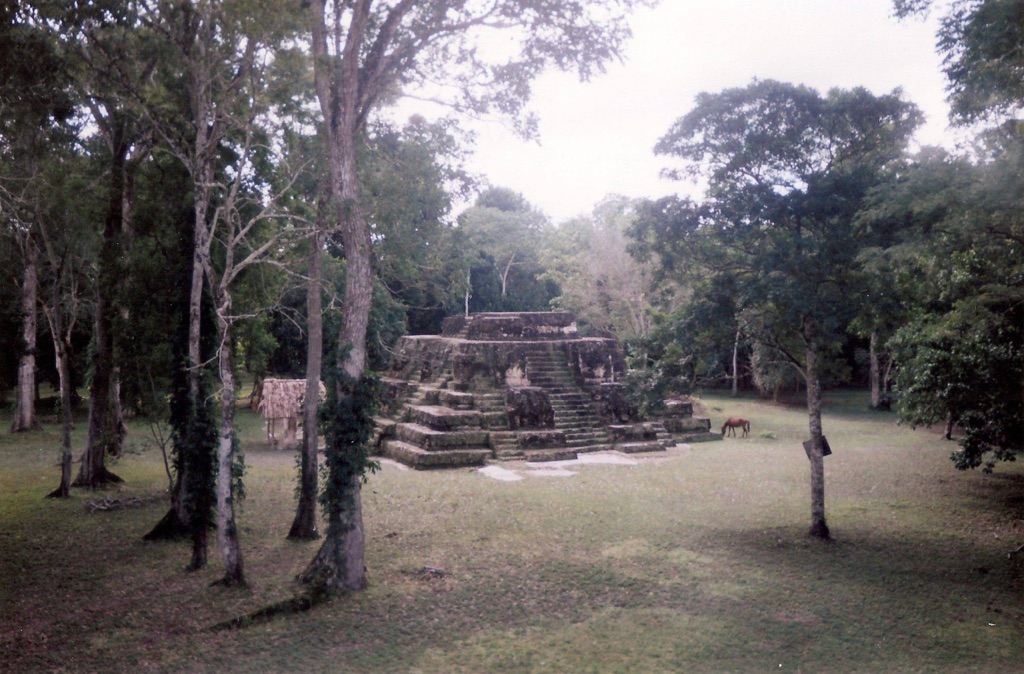
Architectural Highlights
The architectural marvels of Uaxactun are a testament to the advanced construction methods of the Mayans. The city is divided into groups, each with its unique architectural style and purpose. Group E, the most famous, is a complex of temples and other structures arranged to mark the solstices and equinoxes. The buildings were constructed using limestone, a material abundant in the region. The city also features a ball court, residential areas, and a series of stelae and altars, which were used for ceremonial purposes.
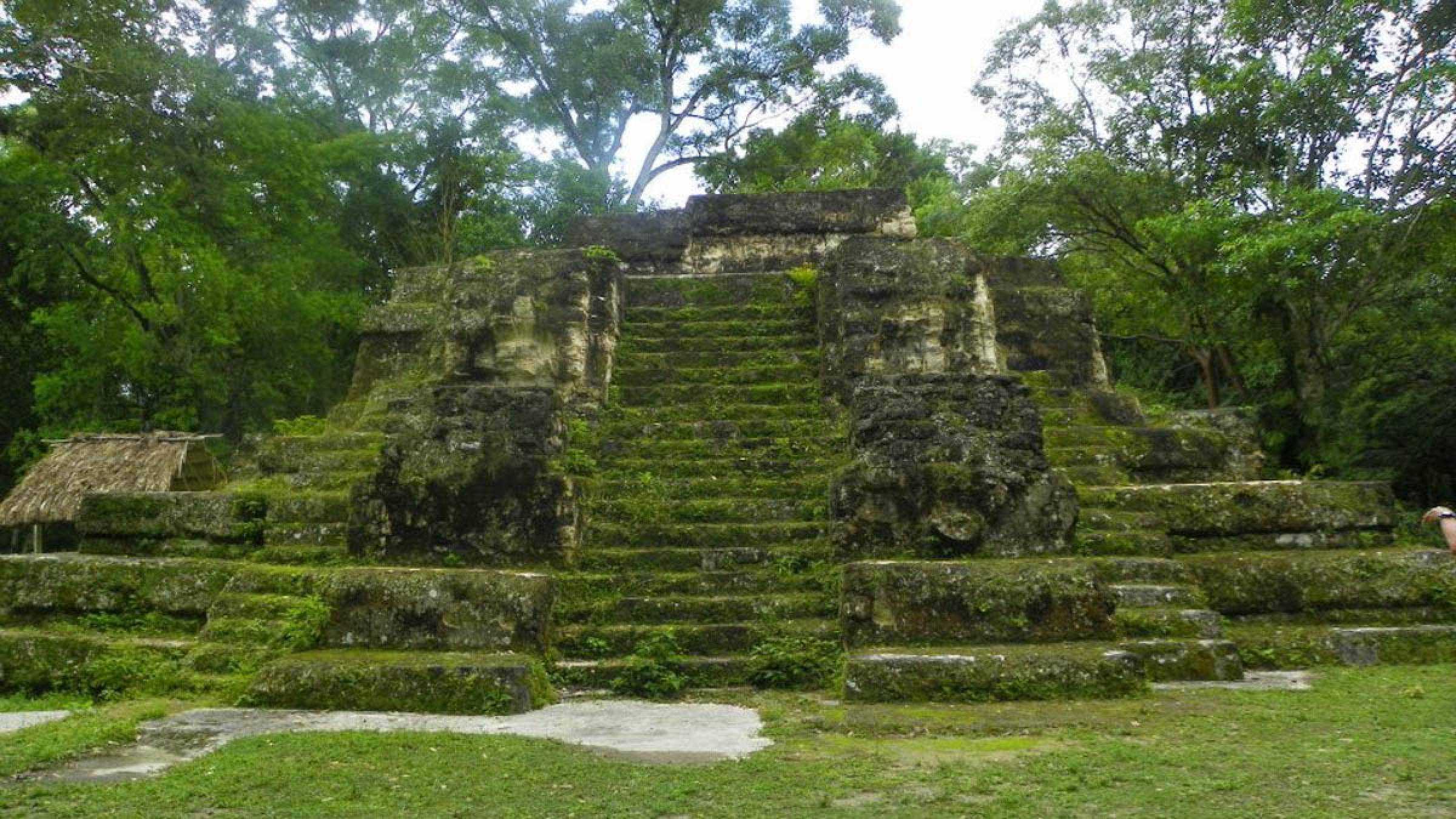
Theories and Interpretations
Uaxactun is believed to have been a significant center for astronomical studies. The arrangement of structures in Group E suggests that the Mayans used them as a solar observatory. The city’s stelae and altars are thought to have been used for rituals and to record historical events. The dating of the site has been done using various methods, including radiocarbon dating and ceramic analysis. The astronomical alignment of the buildings, the presence of a sophisticated calendar system, and the intricate carvings on the stelae all point towards a highly advanced civilization.
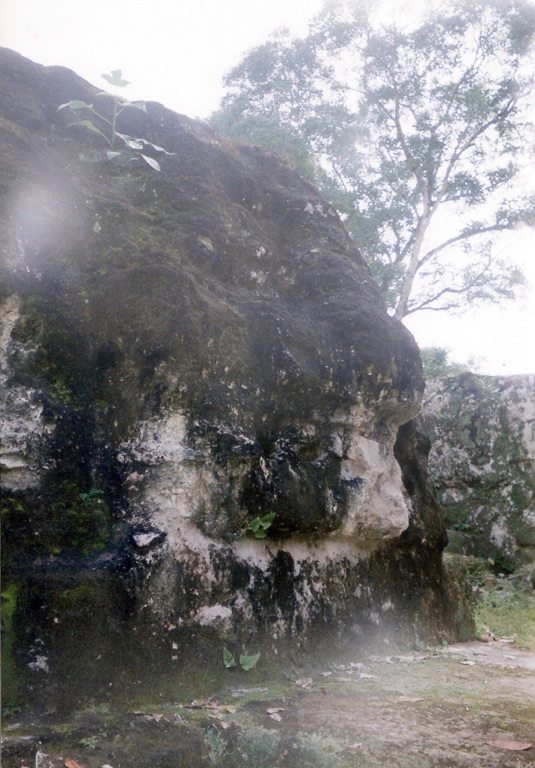
Good to know/Additional Information
Uaxactun is not just a historical site; it is also home to a small modern-day community. The residents are involved in the conservation of the site and offer guided tours, providing a unique perspective on the city’s history. The site is also known for the Uaxactun Astronomical Convention, an annual event where astronomers from around the world gather to observe the equinoxes and solstices. Visiting Uaxactun is not just a journey into the past but also an opportunity to witness the living legacy of the Mayan civilization.
